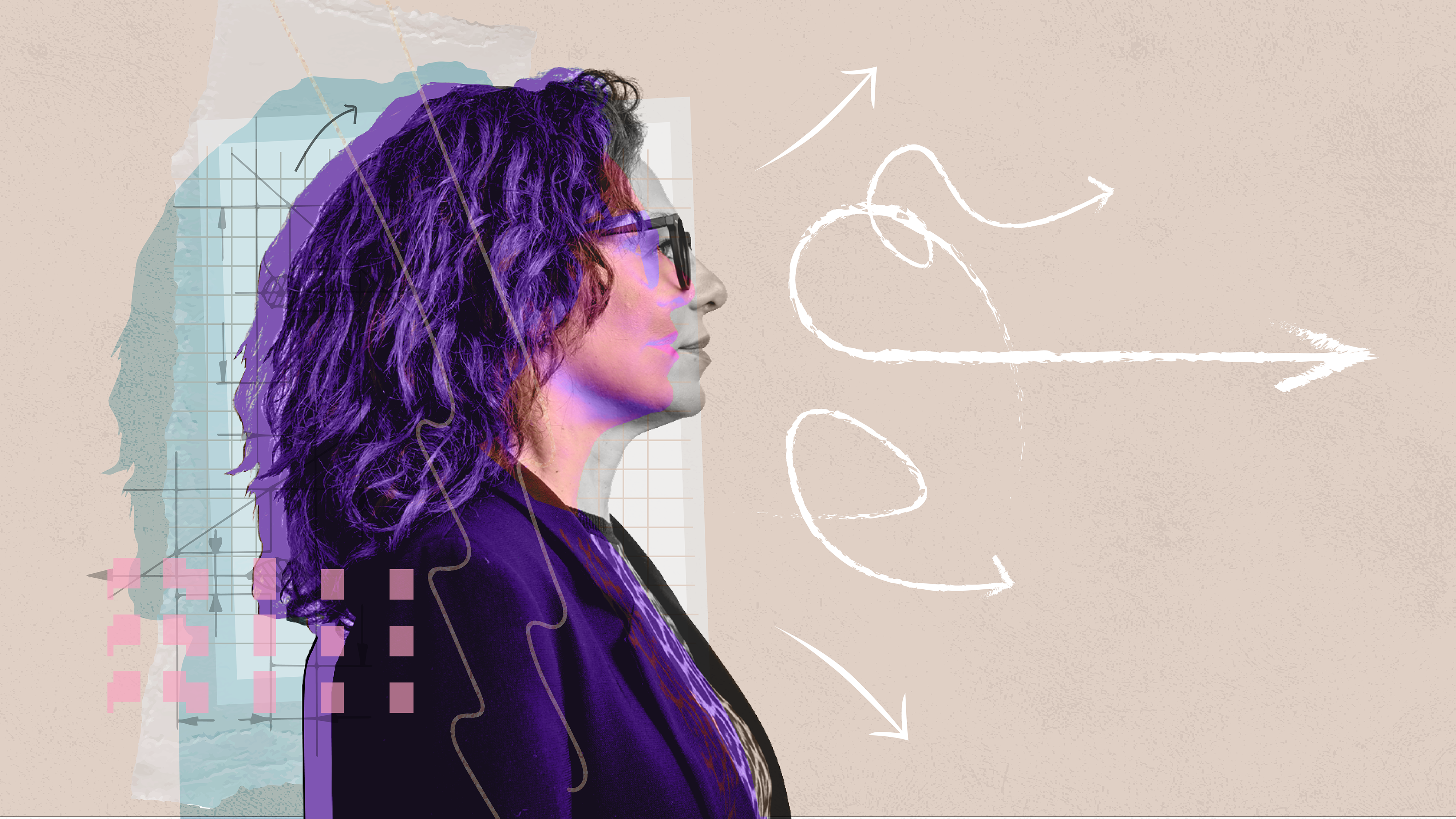Why “authentic leadership” depends on a balance between cognition and emotion

- True leadership requires both brain and heart — but few business and government leaders strike the right balance.
- A new breed of leader — like Swedish parliamentarian Helena Storckenfeldt — is emerging from a logic that elevates authenticity over perfection.
- Although the concept of “authentic leadership” has been around for decades, it continues to mature and may become the dominant leadership model.
For strategies to work effectively in human organizations and societies, we need to think in terms of leadership, adding a creative-imaginative element as we synthesize new options, especially in times of significant disruption. As Lloyd Williams, the chief academic officer of Transcontinental University, so eloquently puts it, true leadership requires both cognition and emotion—brain and heart. “If you’re too cognitive, you forget about the human condition,” Williams says. “If you’re too emotional, you forget about the ability to think. So, change occurs because you’re able to balance the two to create a pathway for people to move.”
This might feel obvious at first, but most business and government leaders struggle to strike and maintain the right balance of the two. Every step of the way, we need to understand both the objective measurable elements of a force and the perceived elements of a force. How do we account for the measurable, cognitive stuff and the qualitative, emotional side of things? Both are equally important.
Helena Storckenfeldt was elected to Sweden’s Riksdag in 2019, at age twenty-four becoming the youngest parliamentarian in her party at the time. “I don’t think that we’re really looking for that hero anymore,” she said. “We’re looking for someone who is real.”

Driven largely by a new logic that puts a greater premium on authenticity than perfection, many managers and politicians like Storckenfeldt have adopted different types of leadership. In this mold, an authentic leader will admit when they lack a skill or insight, but they know how to augment their shortcomings. The concept of authentic leadership has been around for decades, of course, but it continues to mature. And with Generations Y and Z, who for much of their lives have seen system collapses that threaten their income potential, it might have a chance to become the dominant leadership model.
Leaders are not afraid to bring active empathy and authentic emotion to their communication of tough messages, relying on both a pure heart and a focused mind as they navigate through upheaval.
Leaders cannot so easily win over these younger generations of workers with rational dealmaking or feigned toughness. For many of them, toughness has taken on a different meaning, increasingly referring to the conviction that we can be fine even when everything around us isn’t. It means that leaders are not afraid to bring active empathy and authentic emotion to their communication of tough messages, relying on both a pure heart and a focused mind as they navigate through upheaval.
By contrast, in the prevailing paradigm, too many leaders project confidence over competence, refusing to admit they don’t have all the answers. In his book Invisible Leadership, former US Army ranger Shawn Engbrecht writes that, as a leader, you “can promise everything to the many until you are unable to deliver even a little to the few.” He encourages leaders to “embrace the suck” and notes that “failure to tell the truth rapidly erodes trust and confidence in higher command.”
True trust and authenticity begins with an acknowledgment of the bad, Storckenfeldt has said, and then builds upon true understanding, empathy, and humility. For all of social media’s ills, it provides a valuable conduit for leaders to interact directly with their constituents, if they choose to use it as a transparent channel of communication. With that open and honest interaction established, leaders and their constituents can look for ways to address the situation together.
It’s a new phenomenon in leadership that Storckenfeldt has seen taking root in Europe and around the world. “I can’t do everything; nobody can,” she explained. “Acknowledging that and showing that, showing those insecurities that you actually have, can be a very valuable strength in being inspirational going forward.”
“Showing insecurities … can be a very valuable strength in being inspirational going forward.”
Helena Storckenfeldt
Her brand of leadership has become increasingly effective in recent years, as workers and constituents grapple with a complex web of unknowns. Indeed, Storckenfeldt has become an increasingly influential voice in her party, and she now serves on the Riksdag’s prestigious Committee on Foreign Affairs. When we spoke, she said most leaders have yet to adopt more empathetic leadership styles, especially because in times of crisis “we demand someone who really takes control and is more of the hard type of leadership.”
Storckenfeldt admitted she doesn’t know how these emerging leadership phenomena will play out long term, whether we’ll swing toward soft or hard or “just right” situation by situation. But she recognizes this new phenomenon is already playing out around the world as managers respond to the new forces and logic that younger generations are injecting into society.





